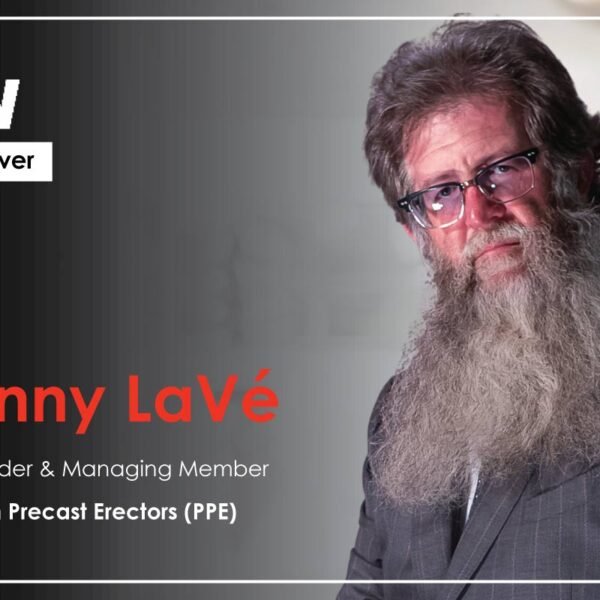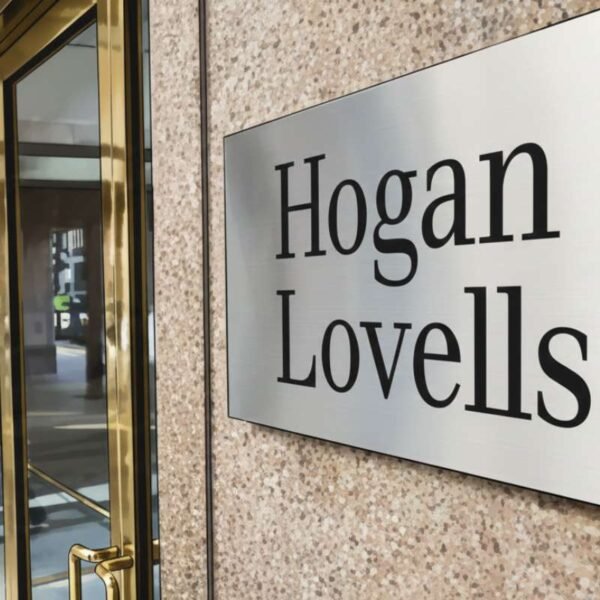In today’s media-centric world, effective communication is a vital skill for individuals and organizations alike. “Media training” has emerged as a strategic tool to navigate the complexities of public communication, ensuring that messages are conveyed with clarity, impact, and authenticity.
Understanding Media training
1. Defining Media training
Media relations training is a specialized form of coaching designed to equip individuals with the skills and confidence to interact with the media effectively. It encompasses various techniques and strategies to navigate interviews, public appearances, and communication in the digital age.
2. Objectives
The primary objectives of Media relations training include enhancing communication skills, mastering interview techniques, managing crisis communication, and ensuring that individuals can effectively convey their messages to diverse audiences through various media channels.
3. Tailored Approach
Media relations training is not a one-size-fits-all solution. It involves a tailored approach that considers the unique needs, goals, and challenges of the individual or organization undergoing training. The focus is on developing personalized strategies to excel in media interactions.
4. Key Components
Media relations training typically covers a range of components, including message development, interview preparation, on-camera training, crisis communication, and techniques for handling challenging or unexpected questions.
Benefits of Media Training
1. Enhanced Communication Skills
Media relations training has fundamental communication skills, such as articulation, clarity, and conciseness. Participants learn to convey their messages with precision, making their communication more impactful.
2. Confidence Building
Confidence is a cornerstone of effective communication. Media relations training provides individuals with the tools and techniques to build and exude confidence in various media scenarios, whether in interviews, press conferences, or public appearances.
3. Message Consistency
Maintaining consistency in messaging is crucial for building credibility. Media relations training teaches individuals how to craft and deliver consistent messages across different media platforms, ensuring alignment with organizational goals and values.
4. Interview Mastery

Media relations training equips individuals with the skills to navigate interviews with finesse. Participants learn how to handle different types of questions, stay on message, and effectively engage with journalists while projecting professionalism.
5. Crisis Communication Preparedness
Crisis situations demand a unique set of communication skills. Media relations training prepares individuals to handle crises effectively, providing strategies for responding to difficult questions, managing public perception, and mitigating reputational damage.
6. Media Literacy and Awareness
In the era of digital media, being media-literate is essential. Media relations training includes insights into the media landscape, helping participants understand the nuances of different platforms and adapt their communication strategies accordingly.
7. Building Positive Relationships with Media
Establishing positive relationships with the media is a valuable asset. Media relations training provides individuals with the tools to engage with journalists, foster positive interactions, and cultivate a favorable public image.
8. Adaptation to Evolving Media Trends
Media relations training is not static; it evolves to address changing media trends. Participants are equipped to adapt to emerging platforms, technologies, and communication styles, ensuring relevance in an ever-changing media landscape.
Strategies for Effective Media Training
1. Message Development
Media relations training begins with the development of clear and concise messages aligned with organizational objectives. Participants learn to craft messages that resonate with their target audience while staying true to their brand or personal identity.
2. Interview Simulation
Practical experience is essential in Media relations training. Conducting interview simulations, whether in person or virtually, allows participants to practice their communication skills in a controlled environment and receive constructive feedback.
3. On-Camera Training
Facing the camera can be challenging. On-camera training provides participants with the opportunity to refine their non-verbal communication, body language, and overall presentation style. It helps build comfort and confidence in front of the lens.
4. Handling Challenging Questions
Media training includes strategies for handling challenging or unexpected questions. Participants learn techniques such as bridging, redirecting, and reframing to navigate difficult inquiries while staying on message.
5. Crisis Communication Drills
Crisis communication is a critical aspect of Media relations training. Conducting crisis communication drills allows individuals to practice their response strategies in simulated high-pressure situations, ensuring preparedness in real-life crises.
6. Media Relations Best Practices

Understanding the dynamics of media relations is crucial. Media relations training provides insights into best practices for engaging with journalists, building positive relationships, and navigating media interactions with professionalism.
7. Feedback and Continuous Improvement
Constructive feedback is integral to the Media relations training process. Regular assessments and feedback sessions allow participants to identify areas for improvement, refine their skills, and continuously enhance their communication capabilities.
8. Digital Media Literacy
With the rise of digital media, being literate in online platforms is essential. Media relations training covers the nuances of social media, online interviews, and digital communication, ensuring that participants can navigate the digital landscape effectively.
Applications of Media Relations Training
1. Corporate Executives and Spokespersons
Corporate leaders and spokespersons undergo Media training to effectively represent their organizations in the media, communicate key messages, and enhance the overall public image.
2. Public Figures and Celebrities
Public figures, celebrities, and influencers benefit from Media relations training to manage their public persona, handle media scrutiny, and navigate interviews with grace and effectiveness.
3. Government Officials and Politicians
Government officials and politicians engage in Media relations training to communicate government policies, address public concerns, and navigate the complexities of political communication.
4. Non-profit Organizations
Non-profit organizations utilize Media relations training to effectively communicate their mission, engage with donors and supporters, and raise awareness for their causes.
5. Entrepreneurs and Business Owners
Entrepreneurs and business owners undergo Media relations training to effectively promote their businesses, engage with the media, and navigate interviews to showcase their products or services.
6. Spokespersons for Brands and Products
Spokespersons for brands and products undergo Media relations training to ensure they can effectively convey key brand messages, handle product launches, and respond to media inquiries with confidence.
7. Crisis Management Teams
Crisis management teams within organizations undergo Media relations training to enhance their communication skills during crisis situations, ensuring a coordinated and effective response to protect the organization’s reputation.
8. Educational Institutions
Media relations training is valuable for educators and administrators in educational institutions to effectively communicate with students, parents, and the broader community, especially in times of change or crisis.
Challenges in Media Relations Training
1. Overcoming Nervousness and Anxiety
Many individuals experience nervousness or anxiety when facing the media. Overcoming these feelings and learning to manage stress is a common challenge addressed in Media relations training.
2. Adapting to Different Media Platforms
The diversity of media platforms requires individuals to adapt their communication styles. Media relations training helps participants navigate interviews, press conferences, social media interactions, and other platforms effectively.
3. Ensuring Message Consistency
Maintaining message consistency across different media interactions can be challenging. Media relations training emphasizes the importance of message discipline and provides strategies to ensure consistent communication.
4. Handling Hostile or Aggressive Interviewers

Facing hostile or aggressive interviewers can be daunting. Media relations training equips individuals with techniques to handle tough questions and maintain composure in challenging interview situations.
5. Balancing Transparency and Confidentiality
Striking the right balance between transparency and confidentiality in media interactions is a nuanced challenge. Media relations training addresses the importance of openness while respecting organizational confidentiality.
6. Navigating Cultural Sensitivities
Global media interactions require an understanding of cultural sensitivities. Media relations training includes guidance on navigating diverse cultural contexts and adapting communication strategies accordingly.
7. Staying Authentic in Communication
Maintaining authenticity in communication is crucial for building trust. Media relations training addresses the challenge of staying true to one’s authentic voice while effectively conveying key messages.
8. Adapting to Evolving Media Trends
The rapid evolution of media trends poses an ongoing challenge. Media relations training emphasizes the need for continuous learning and adaptation to stay ahead of emerging media platforms and communication styles.
Conclusion
Media training is a transformative tool that empowers individuals to communicate with confidence, precision, and authenticity in the ever-evolving landscape of media and communication. By understanding the principles, benefits, and strategies of Media relations training, individuals and organizations can harness the power of effective communication to shape public narratives, build positive relationships with the media, and navigate the complexities of the modern media landscape. As a valuable investment in personal and organizational development, Media relations training ensures that communicators are well-equipped to not only survive but thrive in the spotlight of public attention.











